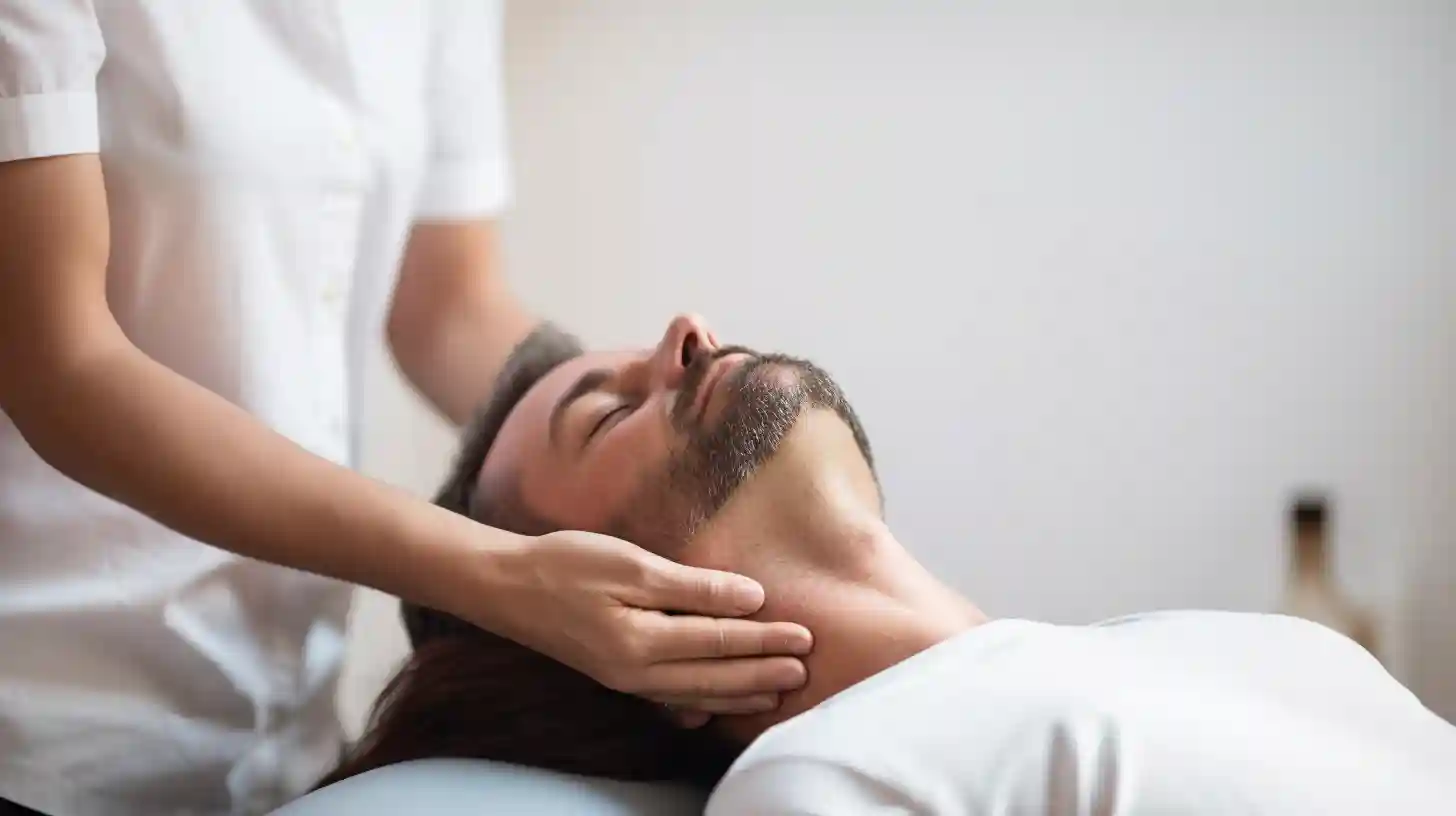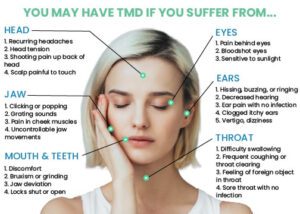What Is Frozen Shoulder? Chiropractor Near Me
Frozen shoulder is (also known as adhesive capsulitis) is a common condition that develop in 40s or older. The nature of this condition is inflammation in the shoulder joint and forms massive scar tissues, which thicken the shoulder joint capsule. Less synovial fluid that reduce joint friction when moving your shoulder is found in many cases of frozen shoulder. Stiffness and pain in the shoulder joint are the main presentations of frozen shoulder.
The pain intensity and the degree of shoulder restriction gradually worsen and resolve when reaching different stages of adhesive capsulitis. Frozen shoulder is a self-limiting condition. In other word, the symptoms and signs will be self resolved even without any pharmaceutical support or physical treatment.
It is not uncommon that adhesive capsulitis can occur bilaterally, but recurrent frozen shoulder on the same side is rare. The prognosis in general is promising, but the condition can last from 1 to 3 years.
Risk Factors
Age and sex: females aged over 40 years old at higher risk develop adhesive capsulitis compared to males at the same age.
Immobility of shoulder joint: rotator cuff injury, arm fracture, stroke or post-operation may result in adhesive capsulitis due to immobilization or reduced mobility of the glenohumeral joint (shoulder joint).
Systemic diseases: the list of systemic diseases below is associated with adhesive capsulitis.
- Diabetes (type I and type II)
- Thyroid disease (hyperthyroidism and hypothroidism)
- Cerebrovascular disease
- Coronary artery disease
- Autoimmune disease
- Tuberculosis
- Parkinson’s disease
- Dupuytren’s disease
There Are Three Stages For Frozen Shoulder
Freezing Stage (2 to 9 months): patients have constant shoulder pain at rest and the pain gets worse with activities and at night. The affected shoulder active and passive range of motion starts to reduce.
Frozen Stage (up to 12 months): shoulder joint becomes very stiff, but the pain only occurs with shoulder movements.
Thawing Stage (12 to 24 months): the pain and the active range of motion and passive range of motion start to improve .
How to manage Frozen Shoulder? Chiropractor Near Me
Frozen Shoulder Treatment Options
Due to reduced shoulder range of motion, daily activities are affected. Pain caused by the process of inflammation is also unbearable at some stage of forzen shoulder. The main goal is to reduce the pain and increase shoulder mobility. Treatment should be focused on the prominent of each phase.
Pain is prominent due to acute inflammation in freezing phase, so medication and steroid injection can be used to provide short term pain relief. Reduced shoulder range of motion is the most predominant in frozen phase. Physical therapy such as manipulation, mobilization and exercise can gradually increase restricted range of motion. In the last phase (thawing phase), shoulder function progressively improve and only minimal pain occurs.
The progression of fronzen shoulder may not be accelebrated with intervention. The resolution of the condition is expected from one to three years. Treatment options should be chosen according to the severity and duration of symptoms and signs, and the response to each treatment.
Conservative treatment – Chiropractor Near Me
Precribing range of motion exercises combined with chiropractic treatment are used as a first line treatment for adhesive capsulitis. Physical therapist can effectively manage frozen shoulder sufferers’ inflammation, at the same time improve shoulder pain and stiffness.
Spinal manipulation (or chiropractic adjustment), joint mobilization, dry needling, cupping and soft tissue mobilization are the most common used modalities for chiropractors to improve shoulder function and reduce pain. It is imperative to choose suitable physical therapy depending on the stage of the condition. Home exercises should Physical therapy should be considered and used prior to the invasive treatment method such as surgery.
Medication
Analgesics, nonsteroidal anti-inflammatory drugs (NSAIDs) and sleeping pills are used to relieve severe shoulder pain caused by shoulder joint capsule inflammation and ensure the sleep quality.
Steroid (Cortisone) Injection
Steroid is an anti-inflammatory medicine that relieves pain rapidly. Steroid injection given by a radiologist into the affected shoulder joint can provide short term relief. However, the risk of infection may be induced due to the injection.
Surgical Procedure
Manipulation Under Anesthesia/Arthroscopic Capsular Release
Surgical procedure is considered and performed when conservative management fails. Manipulation under anesthesia is to tear the thickened and inflamedjoint capsule and ligaments while arthroscopic capsular release is to release shoulder joint capsule with an ablation device. Arthroscopic capsular release is more frequently used due to providing long term symptom relief.
Chiropractic Clinic Serves Suburbs – Chiropractor Near Me
Kings Park NSW 2148
Kings Langley NSW 2147
Blacktown NSW 2148
Quakers Hill NSW 2763
Stanhope Gardens NSW 2768
Rooty Hill NSW 2766
Seven Hills NSW 2147
Kellyville NSW 2155
Marsden Park NSW 2765
Schofields NSW 2762
The Ponds NSW 2769
Rouse Hill NSW 2155
Castle Hill NSW 2154
Baulkham Hills NSW 2153



 Chiropractic care, a popular alternative medicine, is celebrated for its effectiveness in alleviating pain, enhancing mobility, and boosting overall well-being without resorting to surgery or drugs. Central to chiropractic treatment is the chiropractic adjustment, which often raises questions and concerns, especially among newcomers. A common inquiry is: Does undergoing a chiropractic adjustment cause pain?
Chiropractic care, a popular alternative medicine, is celebrated for its effectiveness in alleviating pain, enhancing mobility, and boosting overall well-being without resorting to surgery or drugs. Central to chiropractic treatment is the chiropractic adjustment, which often raises questions and concerns, especially among newcomers. A common inquiry is: Does undergoing a chiropractic adjustment cause pain?












